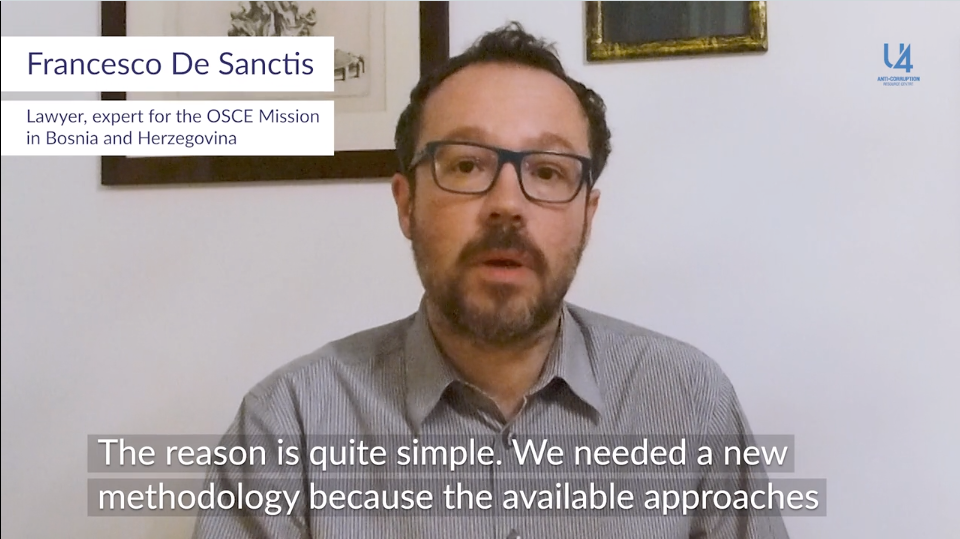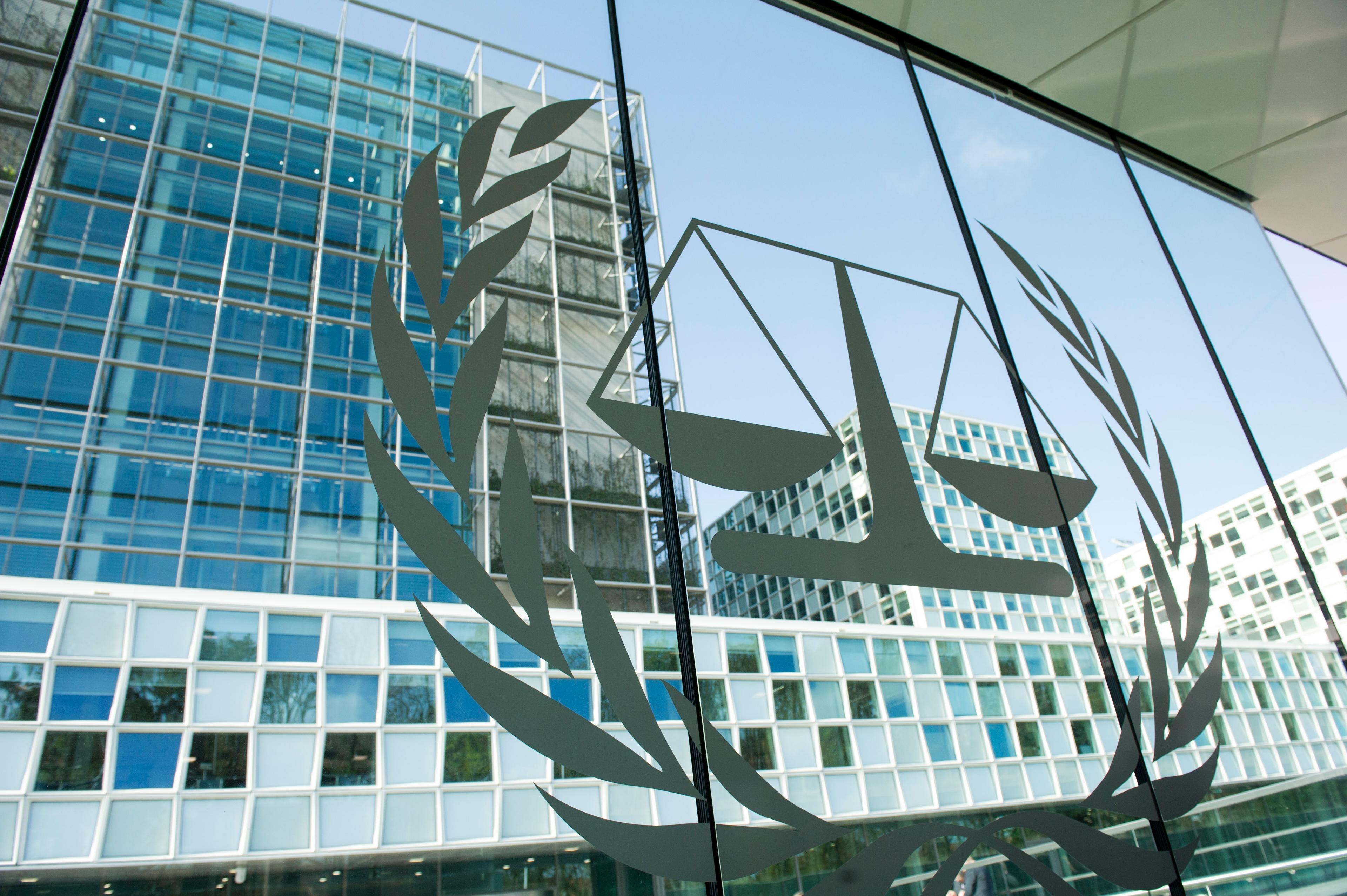
Watch: Video interview with Francesco De Sanctis sharing insights on trial monitoring
The judiciary has a fundamental role in curbing corruption. At the same time, the prosecution and adjudication of grand and political corruption present unique challenges due to the legal and factual complexity of these crimes and the risk of undue political pressure in the process.
It is evident that improving judicial response to corruption cases requires, as a pre-condition, the adoption of criteria and instruments to evaluate the performance of the judiciary in tackling corruption. It is not possible to understand which practices, policies, and reforms work (and which do not) without adequate assessment.
Trial monitoring programmes, when developed specifically to consider corruption cases, have great potential to improve how we evaluate and measure the effectiveness of judicial response to corruption. The Organization for Security and Co-operation in Europe’s (OSCE) project on ‘Assessing Needs of Judicial Response to Corruption through Monitoring of Criminal Cases’ is a testament to that potential.
Trial monitoring as an assessment tool: The OSCE ARC project in Bosnia and Herzegovina
Implemented by the OSCE Mission to Bosnia and Herzegovina with the support of the US Department of State’s Bureau of International Narcotics and Law Enforcement Affairs, the ARC project (ARC) started in 2017 and will end in mid-2020. Its methodology is innovative and represents a new approach to trial monitoring. It combines, in an original and purposeful manner, two sets of instruments which have so far been used in distinct and unrelated efforts – those devised by state institutions to assess the performance of the justice system as a whole or of judges and prosecutors individually; and those employed by international organisations and civil society organisations (CSOs) in the context of trial monitoring activities, mainly for the purpose of assessing compliance by the justice system with international standards.
The four dimensions of judicial response to corruption
The ARC methodology identifies four dimensions of judicial response to corruption cases, with a set of criteria and guidelines for analysing relevant data obtained through trial monitoring.
Productivity: In order to have a more precise measure of this factor, this is assessed not only in numerical terms (i.e. number of corruption cases initiated and completed in a given year), but also in qualitative terms (i.e. how many cases are related to high-level corruption as opposed to petty corruption).
Competence: The competence of judges and prosecutors in the application of the law is assessed through analysis of the quality of the most important judicial acts issued by judges and prosecutors respectively – first instance verdicts and appeal decisions by the former, and indictments by the latter.
Fairness: This is assessed in terms of adherence to international fair trial standards. The effectiveness of a judicial system should not be evaluated only in terms of its ability to punish criminals; acquitting the innocents is an equally important feature. The level of respect of fair trial rights can arguably be considered as the best evidence of this side of the effectiveness equation.
Efficiency: This factor refers to timeliness of the proceedings and looks at factors such as disposition times and the specific reasons for the adjournment of hearings.
Measuring judicial response to corruption across countries
The ongoing final phase of the project envisages the development of a set of indicators of effectiveness of judicial response to corruption. Each of the four dimensions will have its own set of indicators that will measure both quantitative and qualitative aspects of the response. The indicators will be based on both trial monitoring data and official statistics, in a balanced and complementary manner.
It is proposed that this new approach to trial monitoring can be adopted for similar purposes in other national contexts and implemented by international organisations or CSOs active in the field of anti-corruption and judicial reforms. Also, the use of indicators is appealing for projects aimed at multi-country or regional assessments of judicial response to corruption, as they would enable the comparison of results in different jurisdictions.


